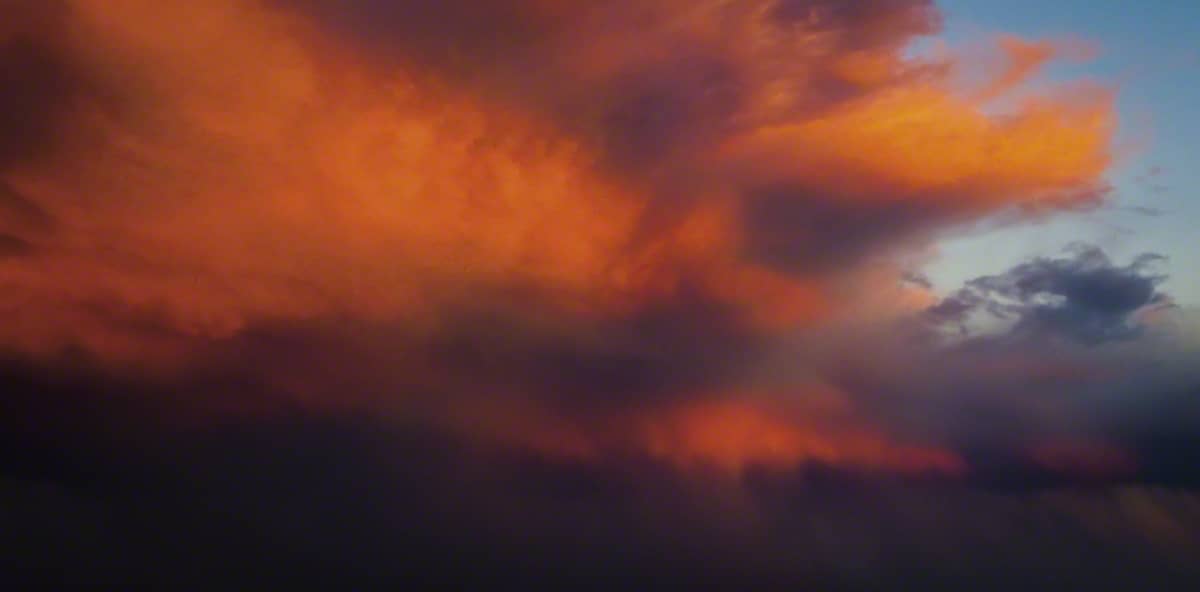The Power of Perseverance
On a cross-country plane ride in 1975, a 14 year-old girl named Maris read an article about a distressed whale that ultimately died, vulnerable to human interference. Moved by what she learned, she designed a simple T-shirt that featured a drawing of a whale and wrote the phrase, ‘Save the Whales.’
She used her own money to print additional shirts, and gave them to family and friends. Then, people started asking where they could get one, so she began selling them and donated the profits from those sales to an environmental charity.
Two years later, she founded her own nonprofit, Save the Whales, and has been doing just that ever since. Her goal was—and is—to protect and preserve marine life. The educational programs she’s created have ultimately reached over 300,000 students.
Save the Whales also saved over 10,000 whales in 2009 when they, joining forces with other environmental groups, successfully prevented the U.S. Navy from detonating 270 explosives in the Channel Islands Marine Sanctuary in California. The groups did this through scientific research and by directly supporting the legal teams assembled to fight the Navy in court.
In the summer of 2011, the Sierra Club organised over a hundred activists to peacefully protest with a sit-in at The White House.This was an effort to get then-President Obama to reject the Keystone XL pipeline that would have significant environmental ramifications across Canada and the U.S.
They got his attention, but the issue remained a political hot potato for years, with various marches and actions along the way confronted by the opposition, who believed the economic benefits would outweigh any damage done to nature. Indigenous tribes, farmers and ranchers, so passionate to prevent the pipeline, came together to form the Cowboy and Indian Alliance, which culminated in another week of protests, starting on Earth Day in 2014.
In 2015, the environmentalists celebrated a (temporary) victory when President Obama rejected the permit for the Keystone XL, blocking the build. Unfortunately, on his first day in office less than two years later in January 2017, Obama’s successor, President Trump, approved the permit.So the environmental groups went back to work, challenging the project every step of the way and successfully delaying construction until April of 2020. The pandemic halted additional progress, and then in his first week in office in 2021, President Biden revoked the permit. Victory at last, after a decade of thoughtful advocacy.
Seeing Greta Thunberg exclaim, “Our House is on Fire!” Jane Fonda, actress and long-time activist, was inspired to start Fire Drill Fridays, which consisted of weekly demonstrations in Washington, D.C. to raise awareness about climate issues.
Though the in-person rallies paused once the pandemic began, the demands for reform remained clear and the activism continued virtually. Each Friday, Jane welcomes different leaders and public figures to discuss the most pressing issues and what we can all do to help solve them. As a result, thousands of people continue to learn about climate topics they otherwise may have never known about. An archive of these interviews can be found on YouTube.
Fire Drill Fridays will resume on the streets of D.C. next month; in the meantime, Jane provides ways to from the comfort of your own home.
Make Friends Not Foes
All of the stories above demonstrate how peaceful assembly leads to progress.
To defend the environment is not an easy task, and anger is certainly warranted when it comes to reacting to the ways in which humanity is harming Mother Gaia. But the old saying “you catch more flies with honey” comes to mind after seeing clips from recent stunts that have targeted priceless works of art to act as a wake up call for climate change deniers. Really, who is going to have their mind changed by obnoxious behaviour that has no direct correlation to the issue(s)?
Damage to property and a disruption to places that bear no guilt for whatever atrocity is being protested are counterproductive to conservation efforts.
Not all publicity is good publicity, in fact many find it quite off-putting. Over time, those types of events, including the ones that have included dangerous acts of violence, have not proven to ignite positive change or achieve the goals of the aggressors.
The thing about “disobedience” in activism is that it’s supposed to be … civil.
Sure, it may not feel sexy to spend hours researching data to present in a legal setting or especially exciting to arrive at a destination and simply sit there to make your point—but it will likely get results in ways that public displays of destruction never will. Earlier this year, Yale did a study that proves this theory.
To find common ground is how we get there. To listen to the perspective of the people on the other side of the issue and then foster thoughtful discourse about how to come together for the greater good is the way forward. To make those who disagree with you empathise with your cause.
As the incomparable Dr. Jane Goodall once said, “You’ve got to find a way to get into somebody’s heart.”



This is very nice and I wholeheartedly agree with the philosophy here. It does work. Good alway wins.